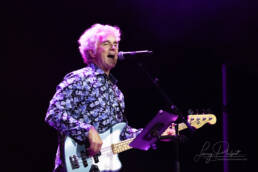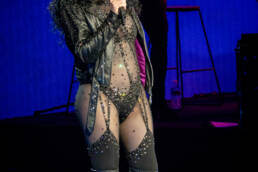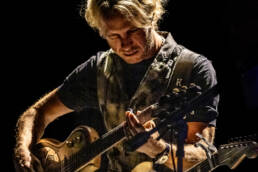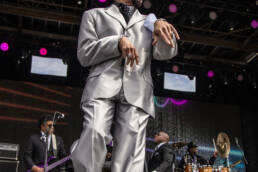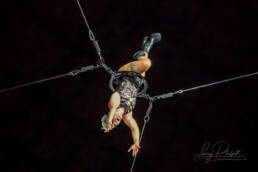Chicago: The Horns That Built a Legacy
The Spark That Lit the Fire
Picture a group of college kids in the mid-60s, jamming in Chicago basements, fueled by a wild idea: what if rock ‘n’ roll had horns? For the guys who’d become Chicago, music wasn’t just a gig—it was a revolution. It started with Walter Parazaider, a clarinet prodigy turned saxophonist, who dreamed of blending jazz’s swagger with rock’s grit. In 1967, he roped in buddies from DePaul University, driven by a shared obsession to break the mold. They weren’t chasing fame—they wanted to rewrite the rules. That hunger, born from late-night rehearsals and a love for big-band chaos, pushed Chicago into a career that’d span decades.
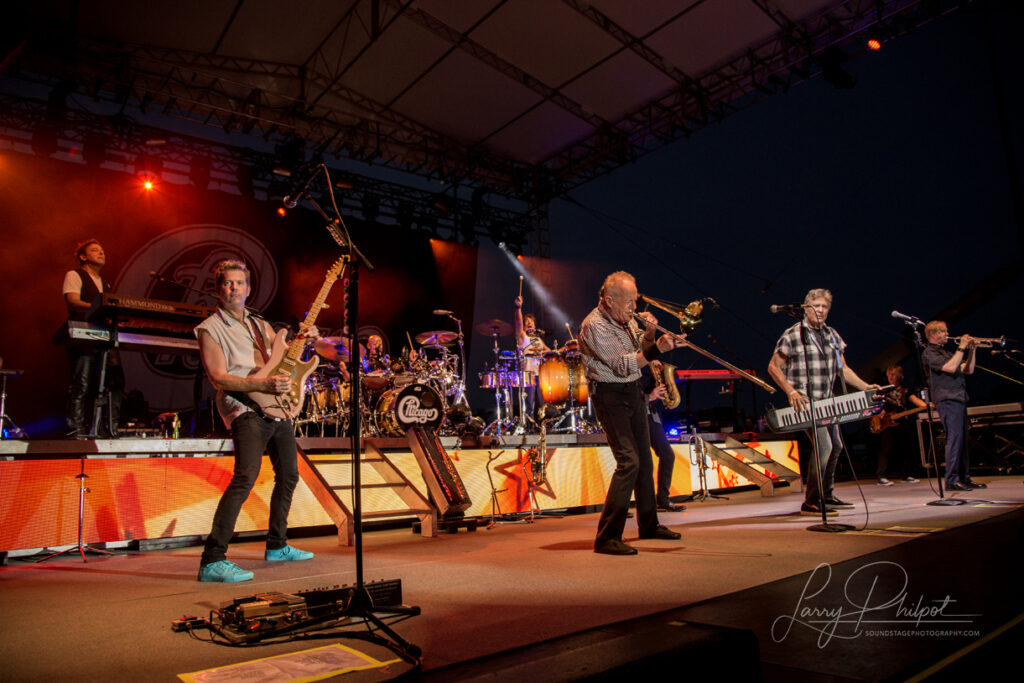
The Band Behind the Brass
Chicago’s story begins in the Windy City, where Parazaider, Terry Kath (guitar), and Danny Seraphine (drums) met as music students. Add Lee Loughnane (trumpet), James Pankow (trombone), Robert Lamm (keyboards), and Peter Cetera (bass), and you’ve got a seven-man wrecking crew. Originally dubbed The Big Thing, they caught producer James William Guercio’s ear in 1968, moved to L.A., and rebranded as Chicago Transit Authority. Their debut, a double album in 1969, was a bold swing—rock laced with jazz and horn-driven hooks. Shortened to Chicago after legal threats from the real CTA, they churned out hits through the ‘70s and ‘80s, evolving from experimental pioneers to pop-radio darlings. Kath’s tragic death in 1978 shifted their course, but the band’s resilience kept them rolling, a testament to their roots as dreamers who dared.
The Career That Roared
Chicago’s discography is a sprawling beast—37 albums and counting. Their first, Chicago Transit Authority (1969), introduced the world to their horn-heavy sound. The ‘70s were golden: Chicago II (1970), V (1972), and VII (1974) stacked hits and showcased their genre-bending chops. Kath, Lamm, Pankow, Loughnane, Parazaider, Seraphine, and Cetera were the original lineup, with Kath’s searing guitar and Cetera’s silky voice defining their peak. After Kath’s accidental gunshot death in ‘78, the band pivoted to ballads under Cetera’s lead, hitting paydirt with Chicago 16 (1982) and 17 (1984). Cetera split in ‘85, but Chicago soldiered on with Jason Scheff and others, never losing their live-show magic.
Bandmates from their heyday? Lamm, Pankow, and Loughnane remain the backbone. Relationships? Cetera’s exit sparked headlines—he clashed with Guercio and the band over creative control. Onscreen, they popped up in Electra Glide in Blue (1973) with Kath acting, and their tunes graced shows like The Sopranos. Awards? Chicago nabbed a Grammy for “If You Leave Me Now” (1976), plus a 2016 induction into the Rock and Roll Hall of Fame—a nod to their enduring clout.
The big songs? “25 or 6 to 4” (Lamm, 1970)—a funky, horn-drenched riddle about songwriting at dawn. “Saturday in the Park” (Lamm, 1972)—a breezy ode to summer vibes. “If You Leave Me Now” (Cetera, 1976)—a aching ballad that topped charts. And “Hard to Say I’m Sorry” (Cetera/David Foster, 1982)—a synth-kissed love song that screamed ‘80s.
The Shadows That Followed
Chicago’s ride wasn’t all smooth. Kath’s death—a gun misfire during a party—rocked the band and fans, with rumors of drugs and recklessness swirling (though it was ruled accidental). Cetera’s 1985 departure turned ugly; he trashed the band in interviews, claiming they’d lost their edge, while Lamm fired back about ego. In 2018, a legal spat with Guercio over royalties dredged up old tensions, hitting the news as a bitter footnote to their legacy. Still, the real controversy was their shift from jazz-rock rebels to ballad kings—purists cried sellout, but the Grammys and sold-out arenas begged to differ. Through it all, Chicago’s horns kept blaring, a sound too big to fade.

